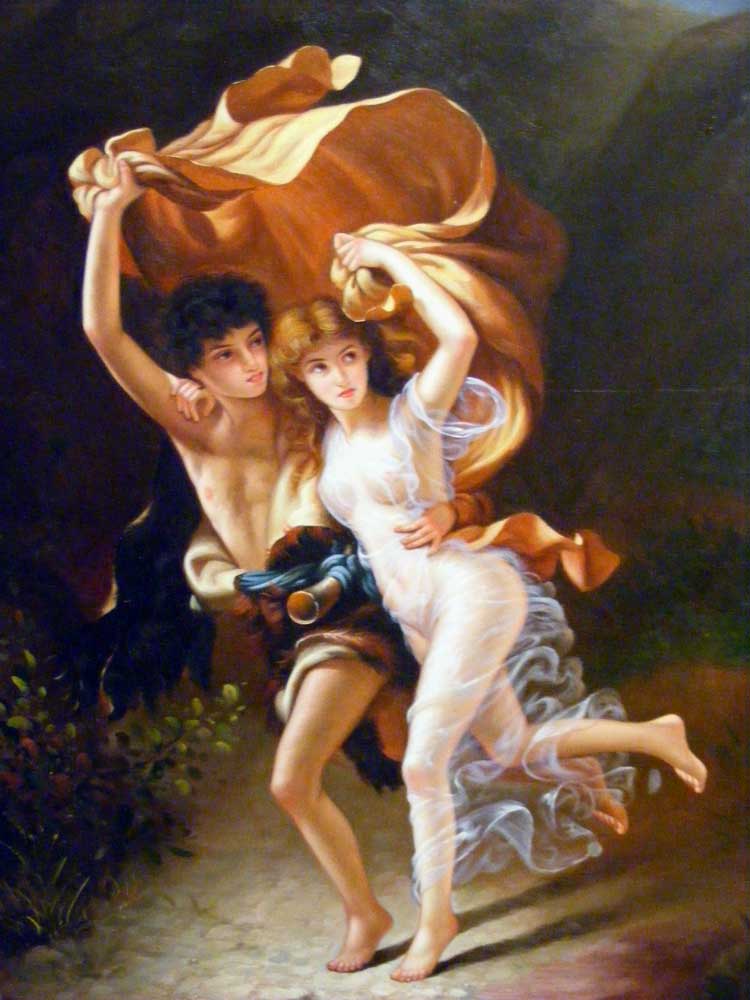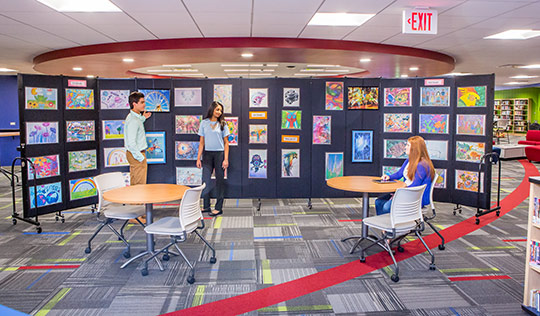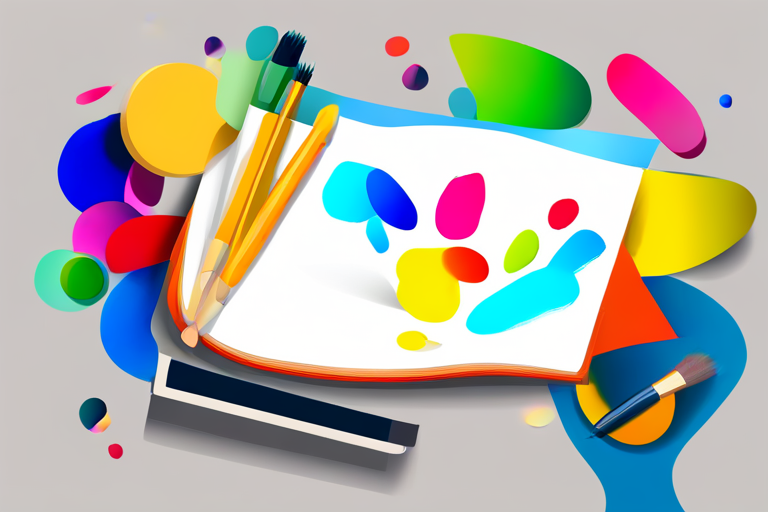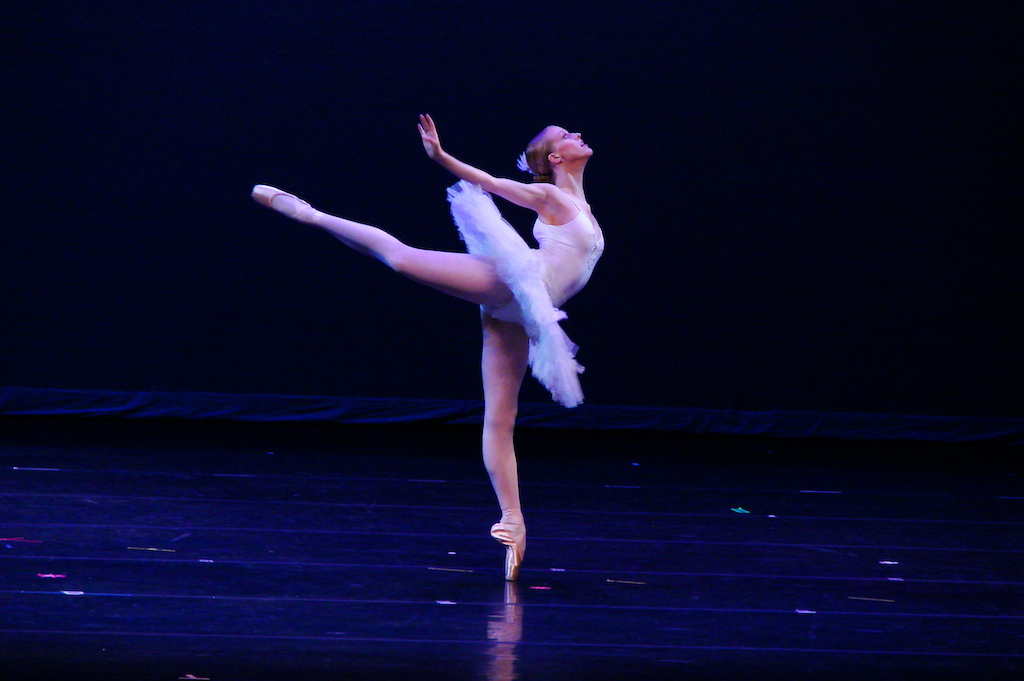Exploring the Beauty of Fine Arts: A Journey Through the Ages
Art has been an integral part of human civilization, allowing us to express our thoughts, emotions, and experiences through various mediums. From ancient cave paintings to Renaissance masterpieces and modern installations, fine arts have captivated audiences for centuries. In this blog post, we’ll take you on a journey through the ages, exploring the beauty of fine arts and shedding light on its significance in our society and culture.
1. Delve into the Origins of Fine Arts
The origins of fine arts can be traced back to prehistoric times when early humans used cave paintings to depict their daily lives, rituals, and beliefs. These ancient artworks provide valuable insights into the lives of our ancestors and serve as a window into the past. Exploring these cave paintings, such as the famous Lascaux Cave in France, helps us understand the development and evolution of artistic expression.
2. Discover the Richness of Classical Periods
One cannot talk about fine arts without mentioning the classical periods, such as ancient Greek and Roman art. The Greeks celebrated the human form through their sculptures, showcasing a deep understanding of anatomy and balance. The Romans, on the other hand, excelled in architectural marvels, creating structures like the Colosseum and Pantheon that still awe us today. Exploring these classical artworks allows us to appreciate the mastery of craftsmanship and the timeless beauty they exude.
3. Explore the Renaissance: A Rebirth of Artistic Expression
The Renaissance period marked a significant turning point in the history of fine arts, with artists such as Leonardo da Vinci, Michelangelo, and Raphael leading the way. Their works displayed a seismic shift from the restrained medieval art to a celebration of humanism, perspective, and realism. Masterpieces like “Mona Lisa” and “The Last Supper” continue to mesmerize viewers, inviting us to delve into the minds of these extraordinary artists.
4. Uncover the Wonders of Modern and Contemporary Art
As we move closer to the present day, fine arts witnessed various movements and styles that challenged traditional norms. From Impressionism to Cubism, Surrealism to Abstract Expressionism, each movement added a new dimension to artistic expression. Exploring the works of artists like Claude Monet, Pablo Picasso, Salvador Dalí, and Jackson Pollock pushes the boundaries of our imagination and challenges us to see the world in a different light.
5. Embrace Diversity and Cultural Influences
Fine arts are not confined to a single culture or region. They have blossomed across the globe, influenced by diverse cultures, traditions, and historical events. From African tribal art to Asian calligraphy, Indigenous Australian dot paintings to Islamic geometric designs, each cultural expression offers a unique perspective. By exploring these different forms of artistic expression, we gain a deeper understanding of the world and its people.
6. The Importance of Fine Arts in Society and Education
Beyond its aesthetic value, fine arts play a crucial role in society. They serve as a medium to voice social and political concerns, document historical events, and challenge societal norms. Additionally, incorporating fine arts in education enhances creativity, critical thinking, and problem-solving skills. Exposure to art encourages empathy and fosters a sense of cultural appreciation in individuals.
In conclusion, the beauty of fine arts spans across centuries, continents, and cultures. It provides us with a window into the thoughts, emotions, and experiences of humanity throughout history. By exploring the world of fine arts, we can truly appreciate the diversity and richness of human expression. So, immerse yourself in this timeless journey, discover the remarkable artworks created by masterful hands, and let the beauty of fine arts captivate your soul.











